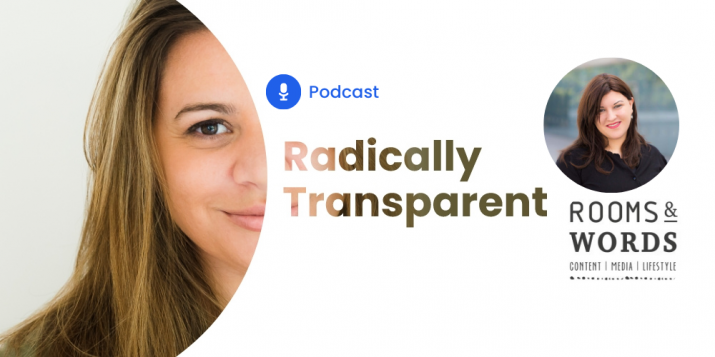
How to create loyalty-driven tactics for B2B customer retention in 2017
Customer retention can be one of the biggest issues affecting B2B businesses. B2B customers represent a valuable part of the market and companies that aren’t prepared to spot and rectify issues affecting customer retention in 2017 could find that their growth is stalled. This doesn’t have to happen. Understand the challenges, measure the issues, and then fix those problems with loyalty-driven tactics.
Understand the challenges to customer retention
There can be a lot of challenges to retaining B2B customers and these challenges can negatively affect your retention rate if you let it get out of hand. Ensuring that your business limits the effects of any of these is important if you are going to continue to grow your business in 2017.
One of the major challenges that is often overlooked is employee turnover. Not only does employee turnover lead to higher training costs, it can affect customer retention as well. B2B customers are used to dealing with the same employees and have developed a relationship with them. When an employee leaves, the customer has to develop a relationship all over again with a new employee. Worse if you have continual turnover, a customer may never even bother developing a relationship.
Another challenge that leads to loyalty-driven retention problems is a price point that is higher than your competitors’. Without the strong customer loyalty, price points can be very sensitive. You may not even know that you’ve been cut from their budget until the orders fail to come in. It can be hard to quickly recover from the loss of a key B2B customer.
Know the signs of customer retention issues
Fortunately, there are signs that your business may be having problems with customer retention in 2017. Keeping track of these can give you some lead time to fix the issues. You can keep the customers happy and coming back. A good way of spotting these issues is to encourage your customers to leave complaints and comments through feedback surveys.
Furthermore, the biggest number to keep track of is the Net Promoter Score. Researchers call it the single most important metric to determine future growth. The NPS is just an indication of how well your customers feel about your company. It’s usually phrased in the form of a question like “On a scale of 1 to 10, how likely will you recommend our business to others?” It’s a simple question with powerful information that is easy to get from email and phone surveys.
Research shows that those answering 9 or 10 are ones who are generally happy with your business and are called ‘promoters’. Those who only give a 7 or 8 are ‘passives’, and those that give a 6 or below are unhappy with your business and best-termed ‘detractors’. The NPS is calculated by: taking the number of promoters and subtracting from it the number of detractors to arrive at a percentage. Most companies aim for an NPS of more than 70%, but this depends on the industry.
While keeping track of the NPS is good for getting a general idea of how well your business is doing, you need also to pay attention to each individual response. It’s very important to make sure that detractors have their outstanding issues taken care of. Those who score your company a 7 or 8 are quite vulnerable to switching to the competition.
Recommended for further reading
Use loyalty-driven retention tactics
Fortunately, there are ways to shore up your passives and turn them into promoters. You’ll want to deal with any detractors separately. They have specific issues that you can solve for them. Passives are different. They may not even be able to pinpoint what issues they have, but loyalty-driven retention tactics can turn them into promoters.
Personalized account management in the form of dedicated account managers who are empowered to take care of the B2B customer while understanding their business needs, turns customers into promoters. They build relationships and trust. Taking it one step further, you can train your employees to be your storytellers and communicate that story personally.
Paying attention to price points is important in retaining customers, but discounts can be even more effective. If your B2B customer feels that they are important enough to qualify for a special discount, they’ll become more loyal to your team.
A great way to build loyalty is to offer your customers free previews of new products and services. Before you roll out a product, give customers a special look at the product and get their feedback. Let them know that you want to delight them.
Education events give back to your customers. You teach them how to use your products and services in a more effective way. If you integrate the education events into trade shows or conferences, then you can turn them into networking events as well.
To conclude, it is indeed possible for your B2B business to overcome the issues that affect customer retention in 2017. By employing loyalty driving retention tactics and strategies, you can improve your NPS and lay a foundation for steady growth in 2017.


